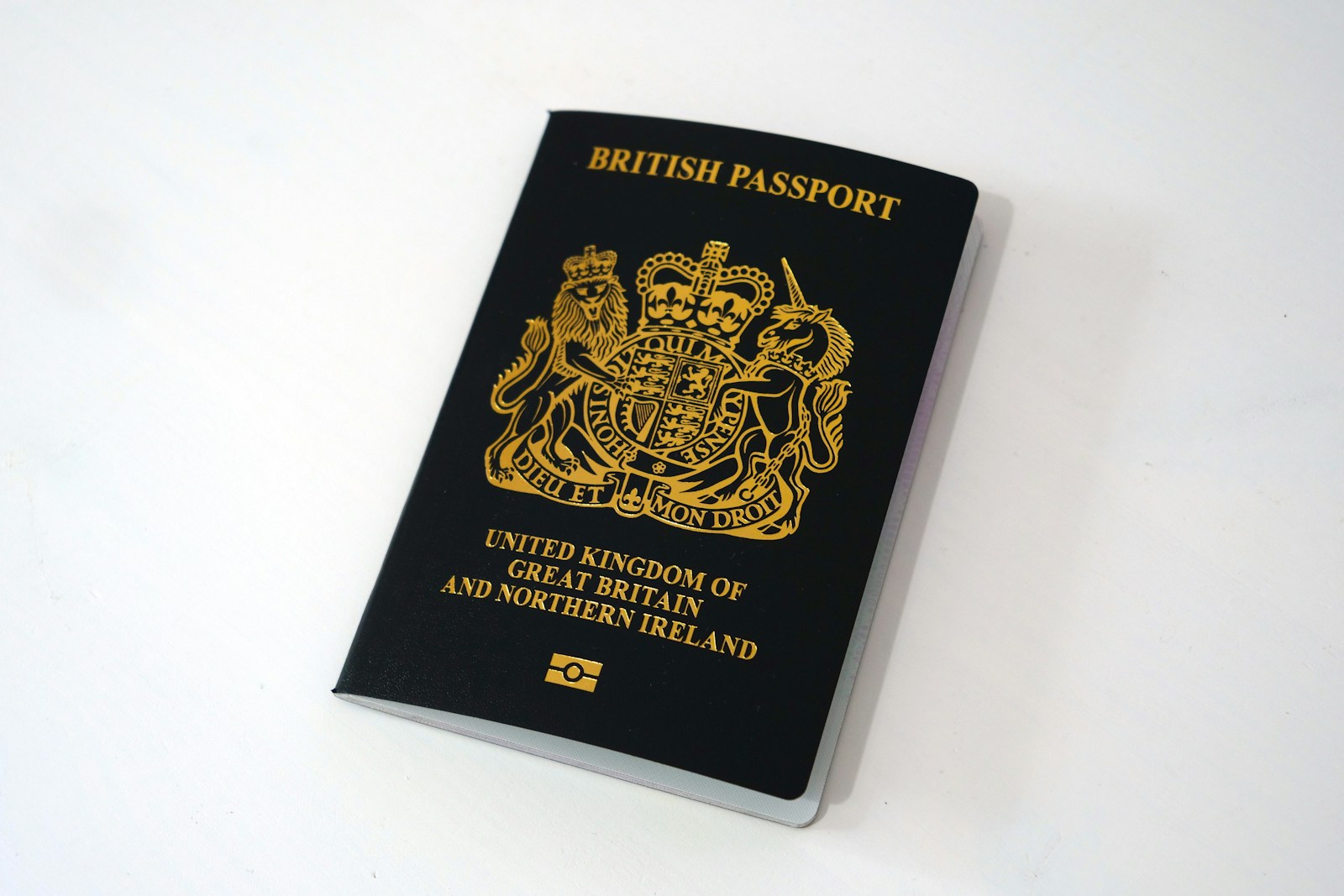Are you feeling stuck in your job search after completing your studies in the UK? Wondering why securing a sponsored job seems so elusive despite having the skills and qualifications? Have you considered whether your approach to finding Tier 2 opportunities is strategic enough to stand out?
For international graduates, the transition from a Post-Study Work (PSW) visa to a Tier 2 (Skilled Worker) visa can feel like an uphill battle. But the good news is, with the right knowledge and tools, you can position yourself as a valuable candidate for sponsorship. In this blog, we’ll walk you through proven strategies to help you secure a sponsored job and advance your career in the UK.
Step 1: Understand the Basics of the Tier 2 Visa
Before diving into applications, it’s essential to understand the requirements of a Tier 2 visa:
- The job must be on the list of eligible occupations.
- You need to meet the salary threshold.
- Your employer must be a registered sponsor with a valid sponsorship license.
Start by reviewing the UK Shortage Occupation List to identify in-demand roles and use the Home Office Register of Licensed Sponsors to pinpoint companies authorized to sponsor visas.
Step 2: Focus Your Job Search on Sponsorship-Friendly Employers
Not every UK employer offers sponsorship, so targeting the right companies is crucial:
- Job Boards: Use platforms like LinkedIn, Indeed, and Glassdoor with keywords such as “Tier 2 sponsorship available.”
- Recruitment Agencies: Reach out to agencies like Hays or Michael Page that specialize in recruiting international talent.
- Industry-Specific Sites: Explore niche job boards tailored to your field, such as Technojobs for tech roles or Jobs.ac.uk for academia.
Step 3: Tailor Your CV and Cover Letter
A generic CV won’t cut it when applying for sponsorship roles.
- Highlight your unique skills that align with the job description.
- Include achievements with measurable outcomes (e.g., “Increased project efficiency by 30% within six months”).
- Show your understanding of the company’s needs and explain how you can address them in your cover letter.
For help, consider using AI-powered tools to optimize your documents and ensure they’re ATS-friendly.
Step 4: Build Your Network Strategically
Networking is one of the most effective ways to find sponsorship opportunities.
- LinkedIn: Connect with professionals in your field, join industry-specific groups, and engage with relevant content.
- Alumni Networks: Reach out to former students from your university who have successfully secured Tier 2 jobs.
- Events: Attend career fairs, webinars, and industry meetups to meet potential employers and recruiters.
A well-placed connection could lead to referrals or insider tips about sponsorship opportunities.
Step 5: Prepare for Interviews Like a Pro
Landing an interview is a big step, but sponsorship-related questions can be tricky.
- Know Your Value: Be ready to explain why you’re the best candidate and worth sponsoring over local applicants.
- Research the Role and Company: Show a deep understanding of their goals and how your skills align with their needs.
- Practice Common Questions: Use the STAR (Situation, Task, Action, Result) method to structure your answers to competency-based questions.
Step 6: Leverage Social Proof and Recommendations
Employers are more likely to sponsor candidates who come with strong endorsements.
- Ask professors, colleagues, or managers to provide recommendations on LinkedIn.
- Include endorsements for specific skills relevant to your field.
These endorsements can make your profile stand out and build credibility.
Step 7: Stay Informed and Persistent
The job market is constantly evolving, so staying informed about industry trends and opportunities is critical:
- Subscribe to industry newsletters like Construction News, New Scientist, or TechCrunch, depending on your field.
- Follow updates on the UK visa system to understand any changes that might affect your eligibility.
Persistence is key—rejections are not the end. Learn from feedback, refine your applications, and keep going.
Conclusion
Securing a Tier 2 job in the UK is challenging, but with a strategic approach, it’s entirely possible. Focus on the industries and employers that align with your skills, tailor your applications, and network actively. Most importantly, stay resilient. Every successful candidate has faced setbacks before landing their dream role.
Need Help?
If you’re feeling overwhelmed by the process of securing a Tier 2 sponsorship, don’t worry—you’re not alone! Consider reaching out to career services or professional coaches who specialize in helping international students navigate the UK job market. Register for a Sneak Peek of our exclusive session, where UK-registered career coaches will review your CV, LinkedIn profile, and introduce you to cutting-edge AI tools that will supercharge your job applications.
Join us for a LIVE session on 22nd December at 5 PM GMT and start mastering the art of securing UK job interviews.
Disclaimer:
The information provided is accurate as of 18th November 2024 and may be subject to change. We kindly recommend referring to the official Gov.U.K. website for the most up-to-date details. It is your responsibility to ensure the accuracy of the information by checking directly on the website.


